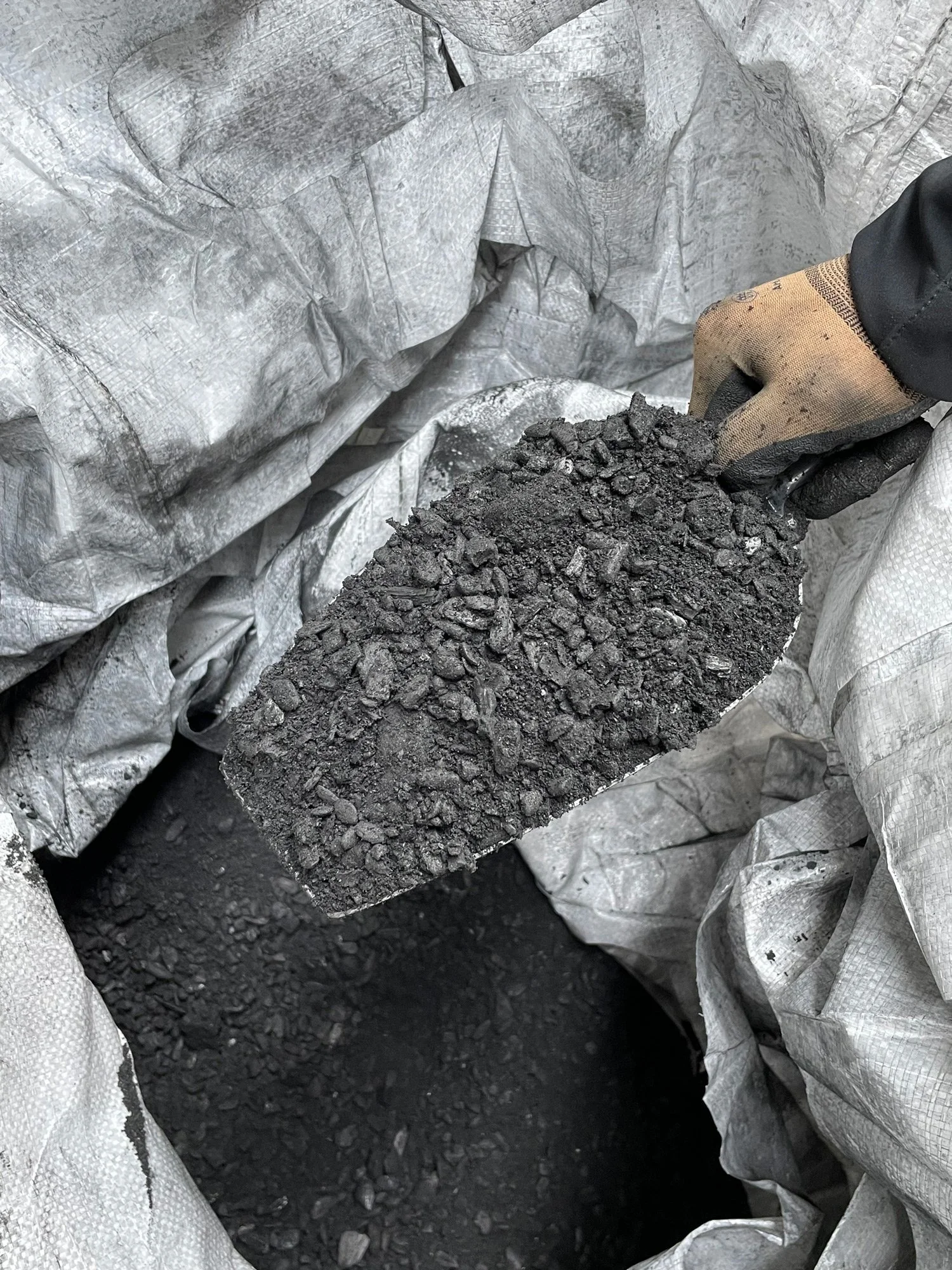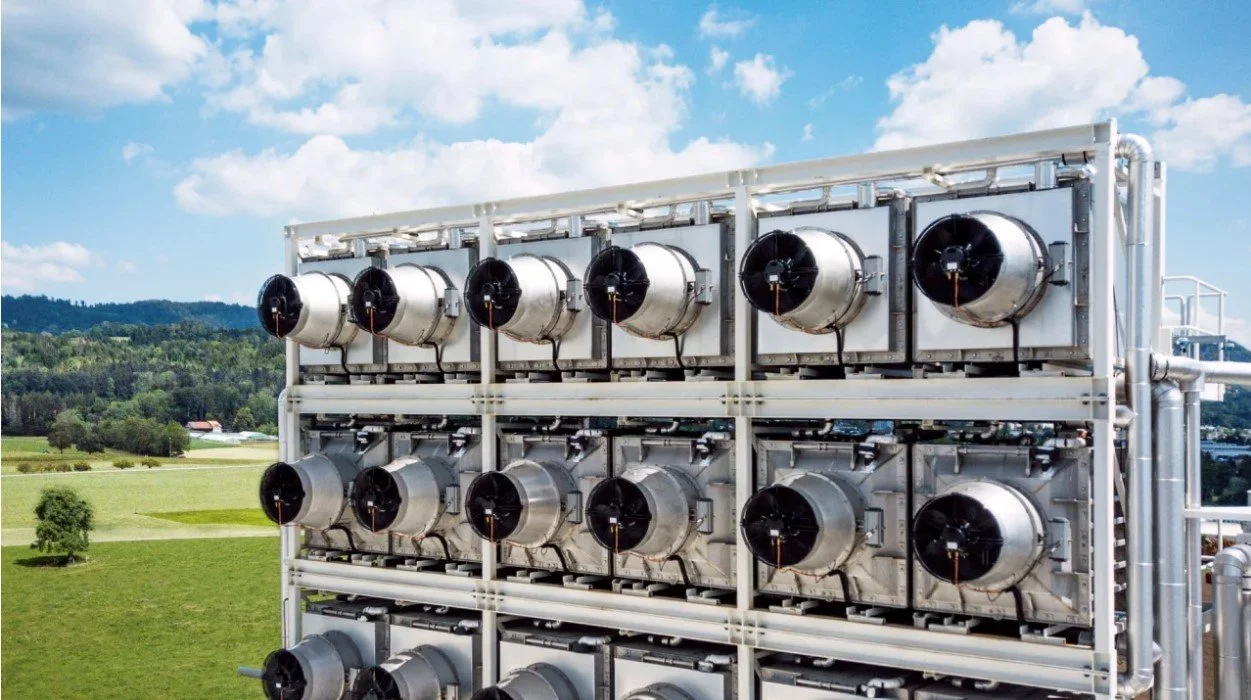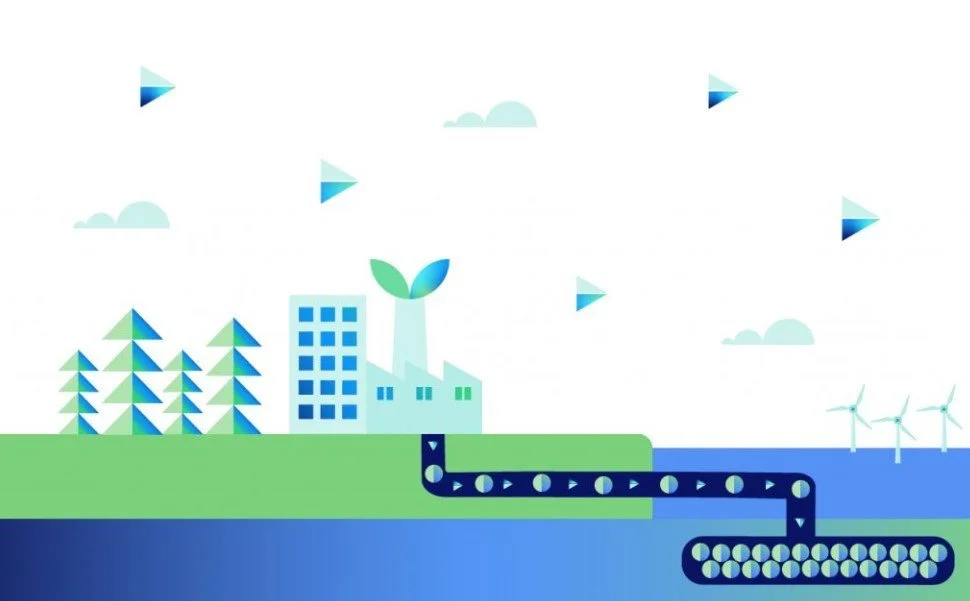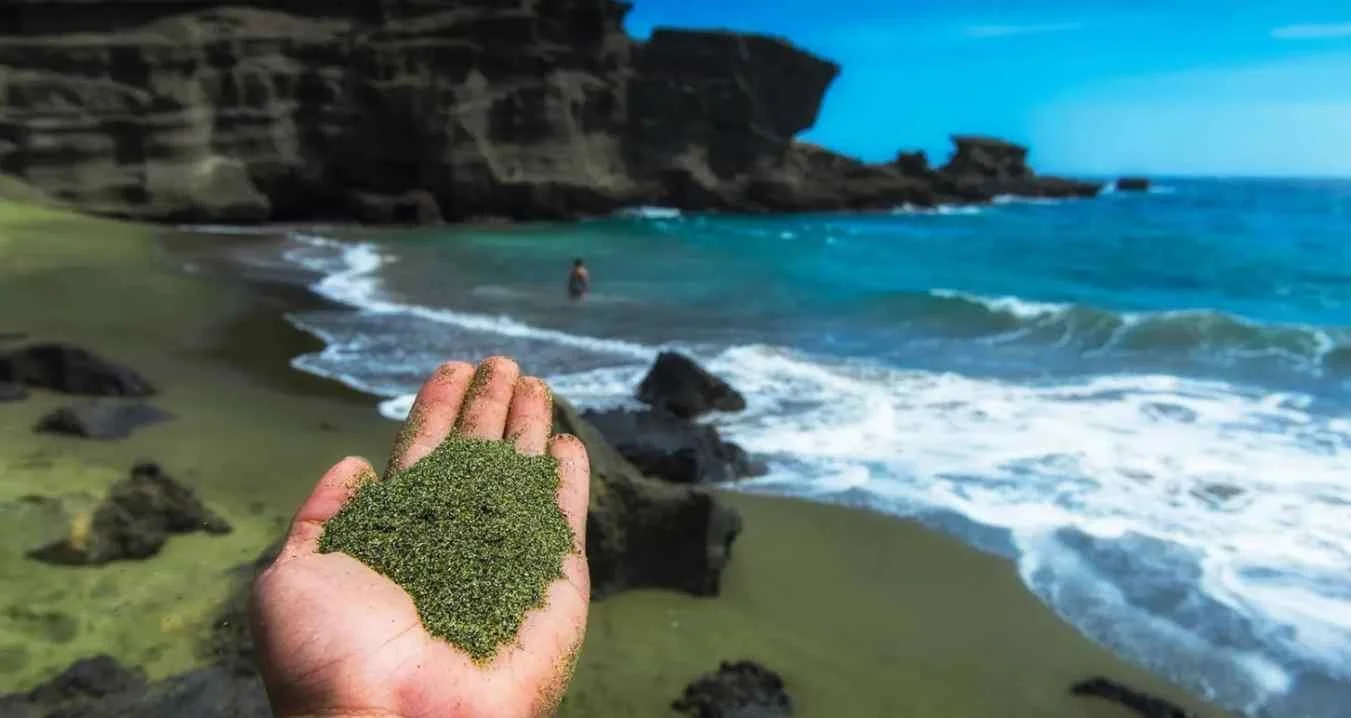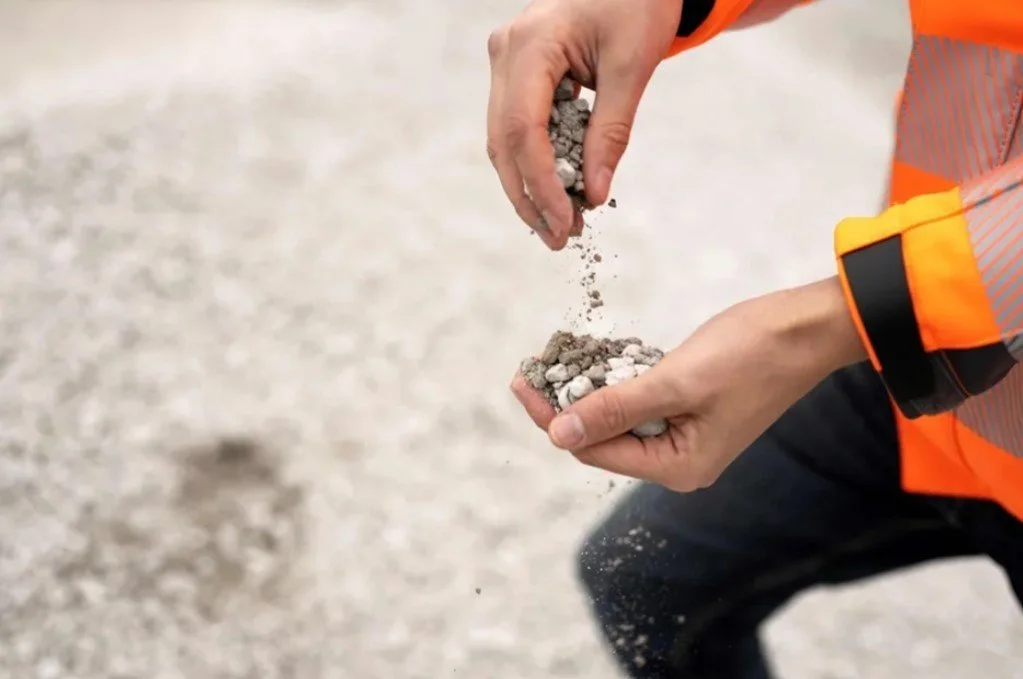
CDR Methods
The following page outlines the key methods of Carbon Dioxide Removal (CDR), each designed to extract CO2 from the atmosphere and contribute to global climate goals.
Biochar Carbon Removal
Biochar Carbon Removal (BCR) creates carbon sinks (general term for natural or artificial reservoirs or processes that remove carbon dioxide from the atmosphere and store it for an extended period of time) by incorporating biochar into a stable matrix, such as soil or durable construction materials, thereby creating a durable carbon removal.
“Carbon is a natural part of our lives”. We should not be afraid of it. Biochar Carbon Removal (BCR) start-up Novocarbo is doing just that by removing CO₂ from the atmosphere and either turning it into biochar or into a wide array of other valuable outputs. The applications of the biochar they produce can be seen in agriculture (e.g. animal feed, soil improvement, fertilizer), concrete, flooring and many more. Learn all about some of the opportunities and challenges in scaling and driving down the cost of BCR and how Novocarbo manages to address knowledge gaps through education.”
Novocarbo
Direct Air Capture
Direct air capture (DAC) technologies extract CO2 directly from the atmosphere at any location, unlike carbon capture which is generally carried out at the point of emissions, such as a steel plant. The CO2 can be permanently stored in deep geological formations or used for a variety of applications.
“Imagine a technology, incorporating a fast-swing process and CO2 absorbing substance and thus achieving carbon capture below 100 euros per ton! All with a low capex of 50 euros per ton. This is exactly what CDR technology provider Carbyon does. Read more about their commitment to prioritising sustainability over profit, aiming to reshape carbon capture and climate action.”
Carbyon
Bioenergy with Carbon Capture
Bioenergy with carbon capture and storage, or BECCS, involves capturing and permanently storing CO2 from processes where biomass is converted into fuels or directly burned to generate energy. Because plants absorb CO2 as they grow, this is a way of removing CO2 from the atmosphere.
“Drax has undergone a transformative journey, evolving from one of Europe’s largest coal-fired operators to a sustainability pioneer in bioenergy with carbon capture and storage (BECCS). Since 2012, Drax has reduced its generation scope 1 and 2 carbon emissions by ~99%, positioning itself as a leader in decarbonisation. We have interviewed Lewis Rodger, Carbon Markets Development Lead at Drax, to find out more about the recent BECCS methodology they have developed, their stance on emissions reductions and the role of governments and policymakers in creating standards and financial support schemes for BECCS and the wider carbon removal family.”
Drax
Enhanced Rock Weathering
Enhanced rock weathering is a strategy to help address climate change by taking carbon out of the air and storing it in rocks.
“As part of our ongoing exploration into innovative carbon dioxide removal (CDR) methods, we delve deep into the workings of reverce, a company with a focus on enhanced rock weathering (ERW). At the heart of reverce’s operations lies a comprehensive digital platform that orchestrates a symphony of collaboration among diverse partners. From scientific institutions providing crucial analysis to operational entities such as quarries and farmers, reverce seamlessly integrates every facet of its ERW process. Learn all about the importance of their work and their view on the challenges that the CDR sector is facing.”
reverce
Marine CDR
Oceans act as the world’s largest carbon storage sink, absorbing over 25 percent of anthropogenic carbon dioxide emissions. The marine CDR solutions leverage the natural role of the ocean in storing carbon.
“Climate tech company Vesta is at the forefront of Coastal Enhanced Weathering (CEW), a technology which harnesses the natural alchemy of olivine sand to combat climate change and safeguard coastal communities. By enhancing ocean alkalinity, this innovative approach sequesters atmospheric carbon dioxide, offering a sustainable solution to the dual challenges of carbon emissions and sea-level rise. In this interview provided for the Negative Emissions Platform, Vesta showcases the effectiveness and safety of CEW, a technology with immense potential for scalability and a bright future in the carbon removal space.”
Vesta
Mineralisation
Carbon mineralization is a carbon dioxide removal (CDR) approach that is beginning to attract interest as the world seeks to prevent some of the worst impacts of climate change. It accelerates reactions between carbon dioxide (CO2) and certain minerals, removing CO2 from the atmosphere and permanently storing it.
“neustark, a pioneer in Europe’s mineralisation landscape, has carved a revolutionary path in carbon removal through innovative technology. From transforming demolition concrete into a formidable carbon sink to pioneering strategic partnerships and venturing into tech-based carbon dioxide removal, neustark’s journey has been marked by significant milestones. The insights they have provided in this interview with the Negative Emissions Platform — of which they are a Member — shed light on the evolving role of mineralisation and the wider carbon removals space within the broader climate action spectrum.”

